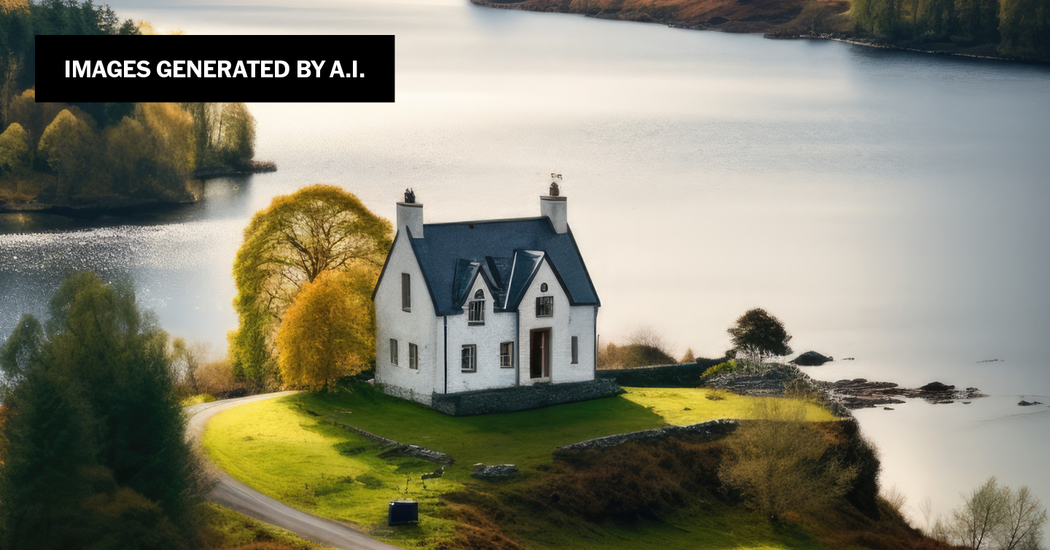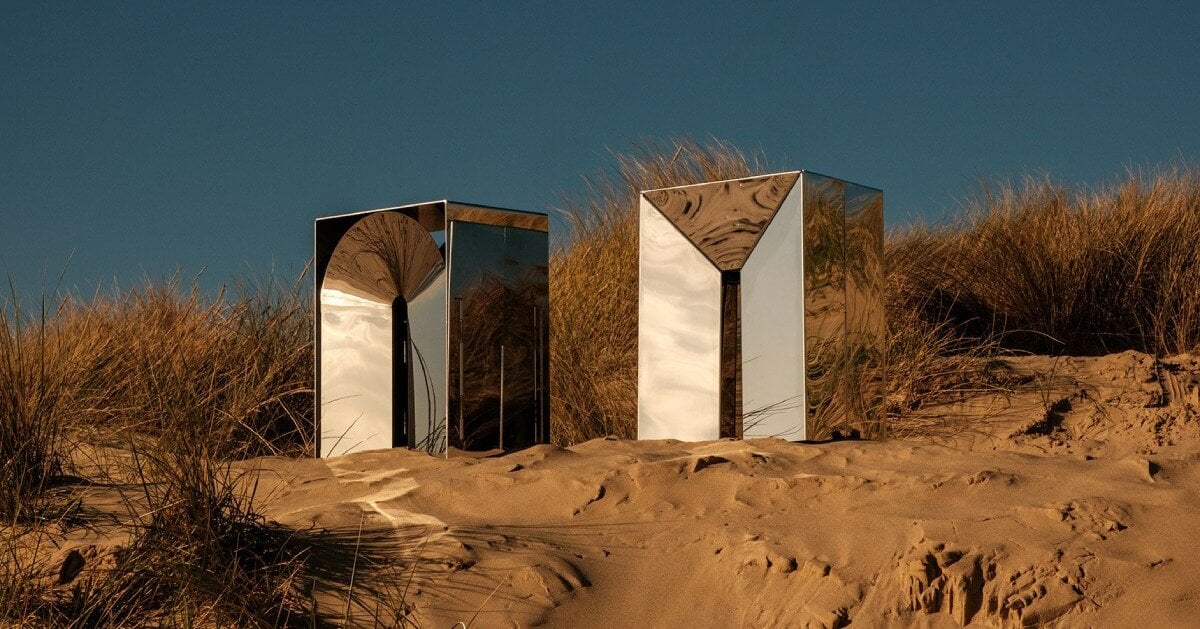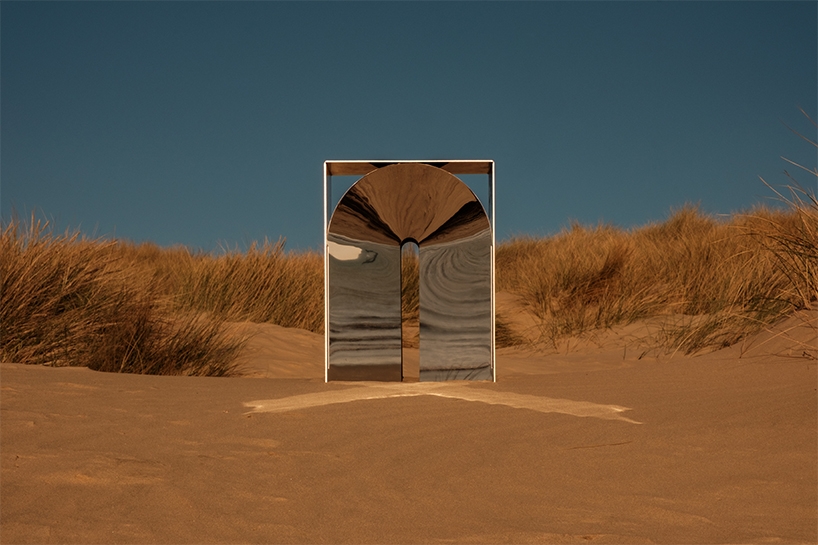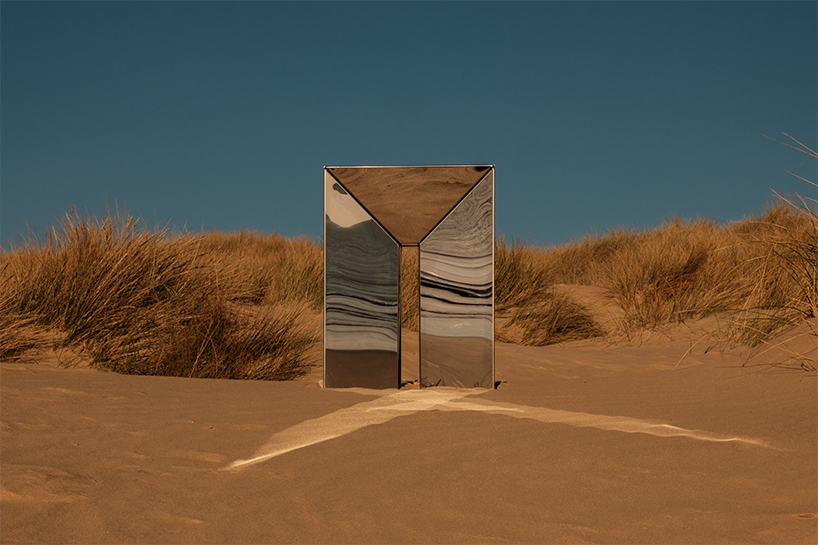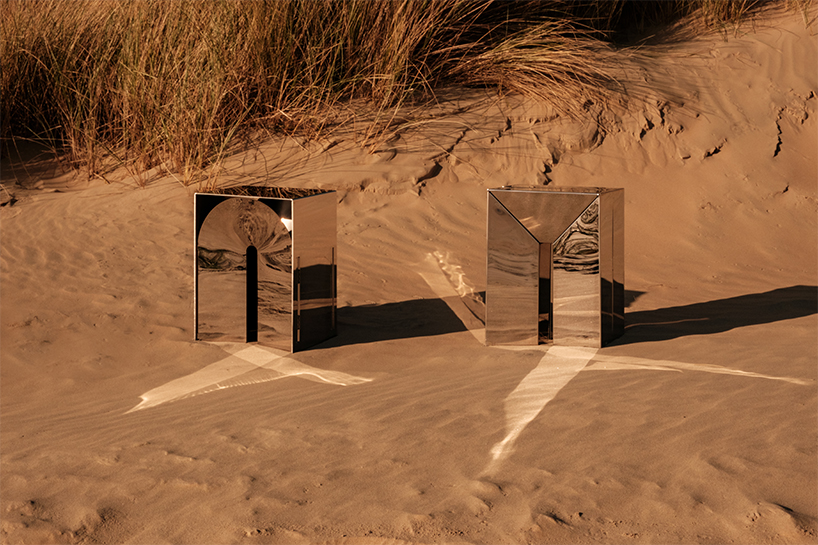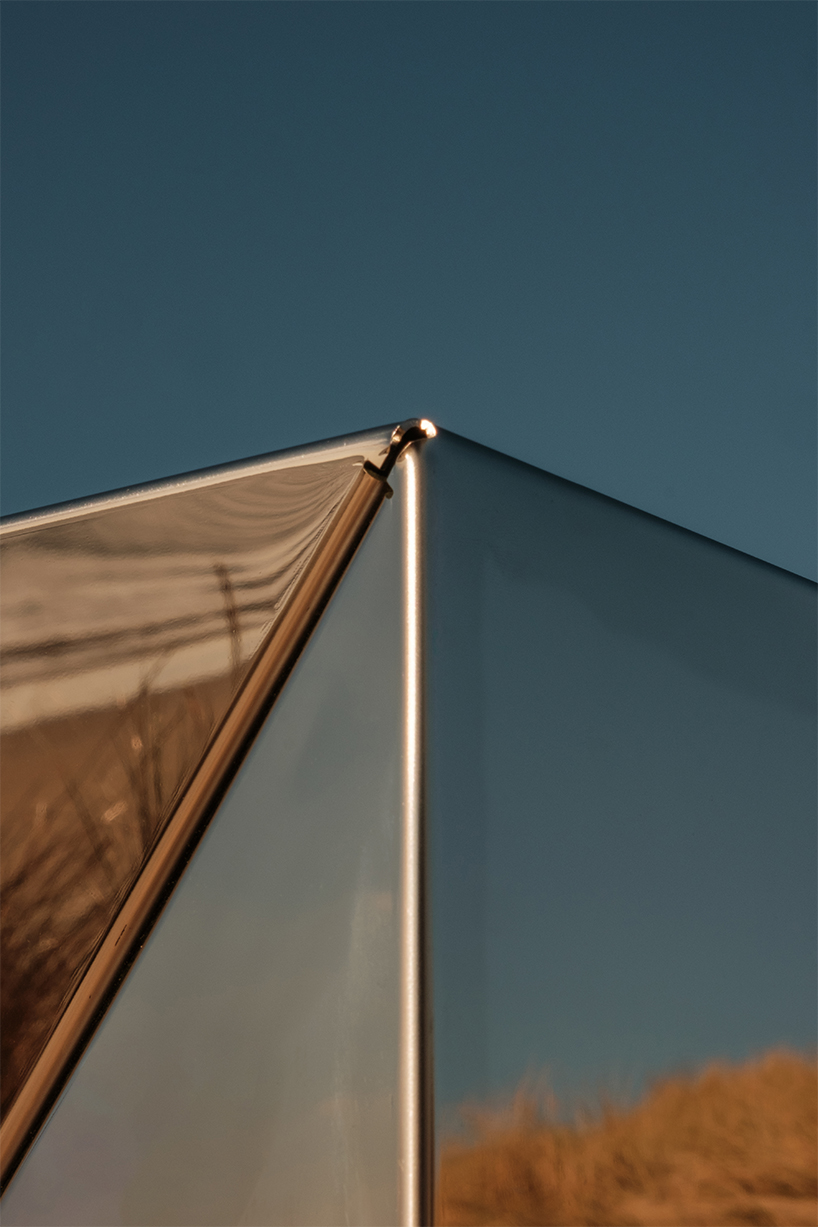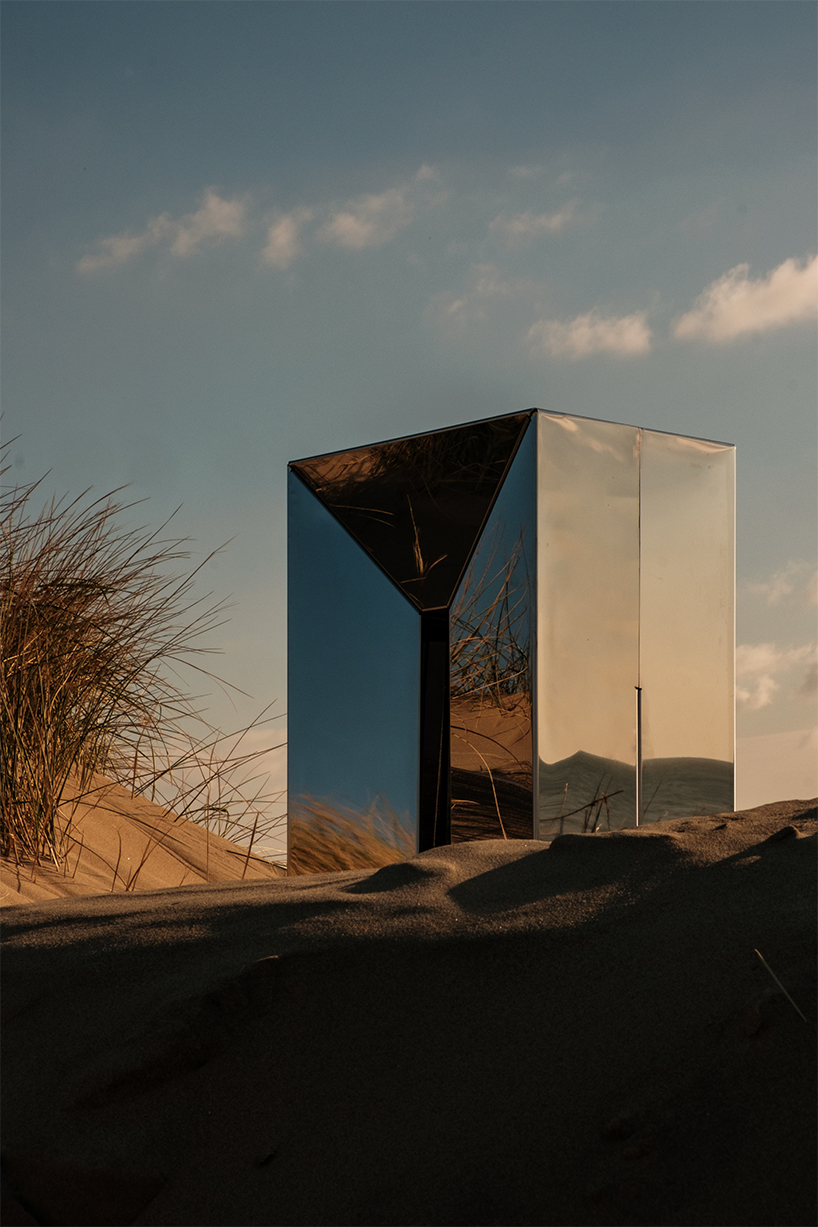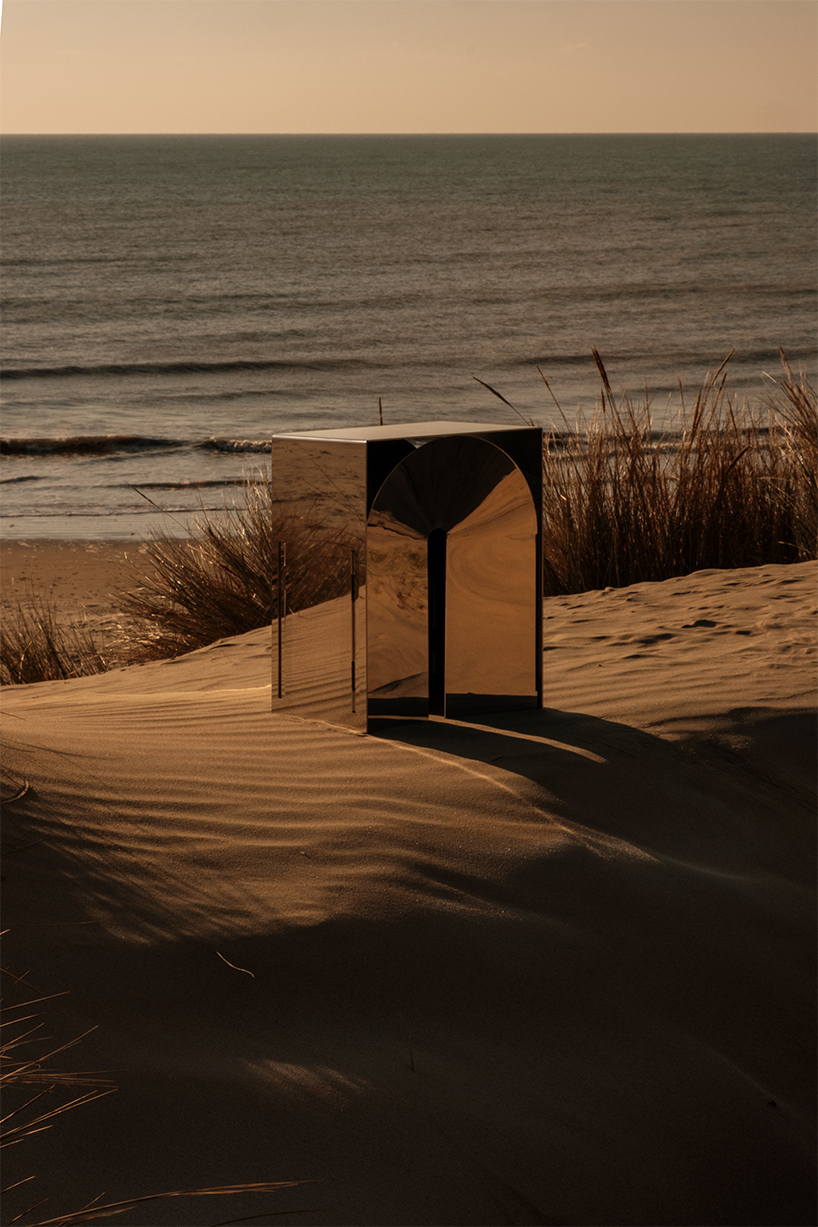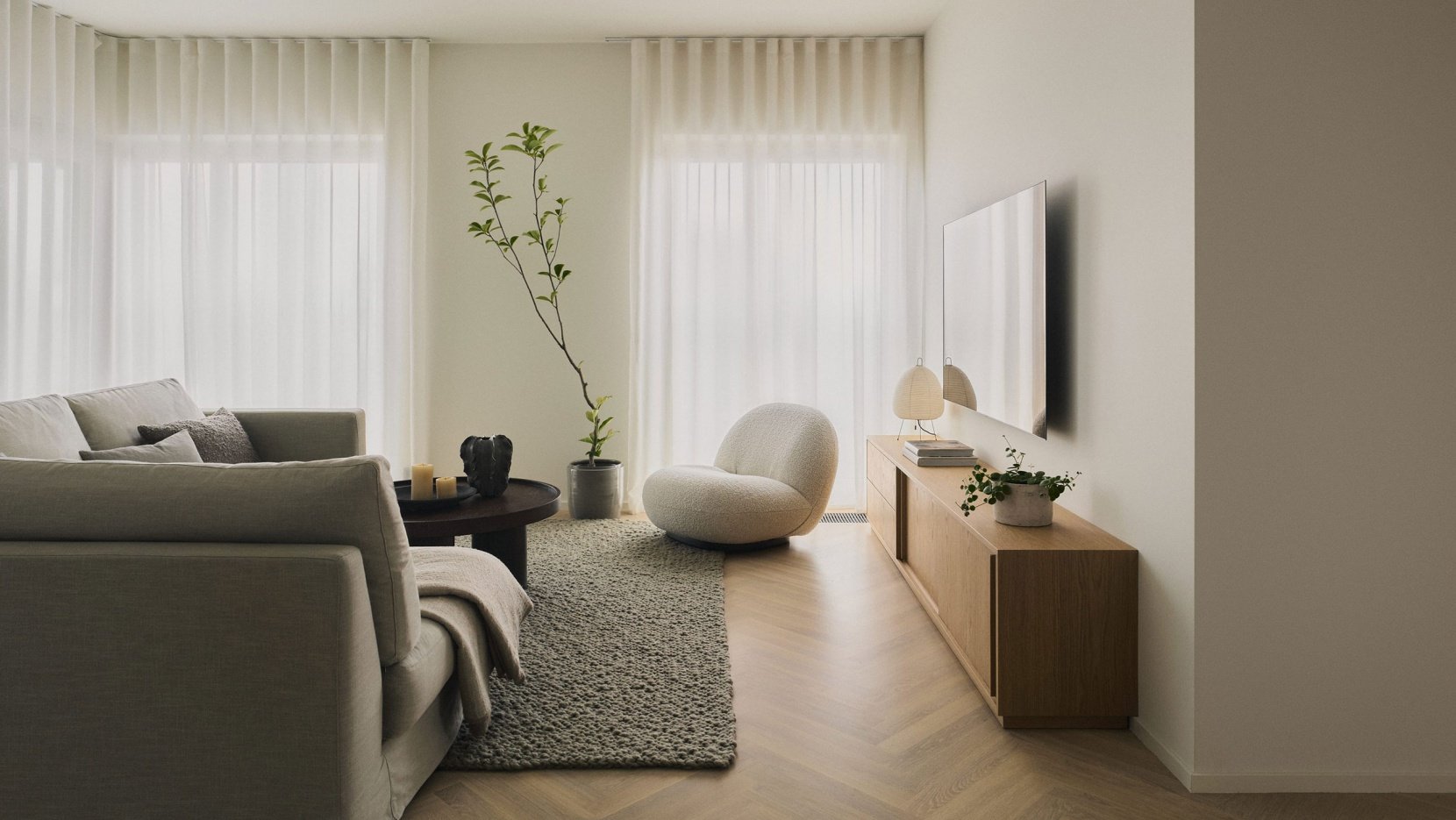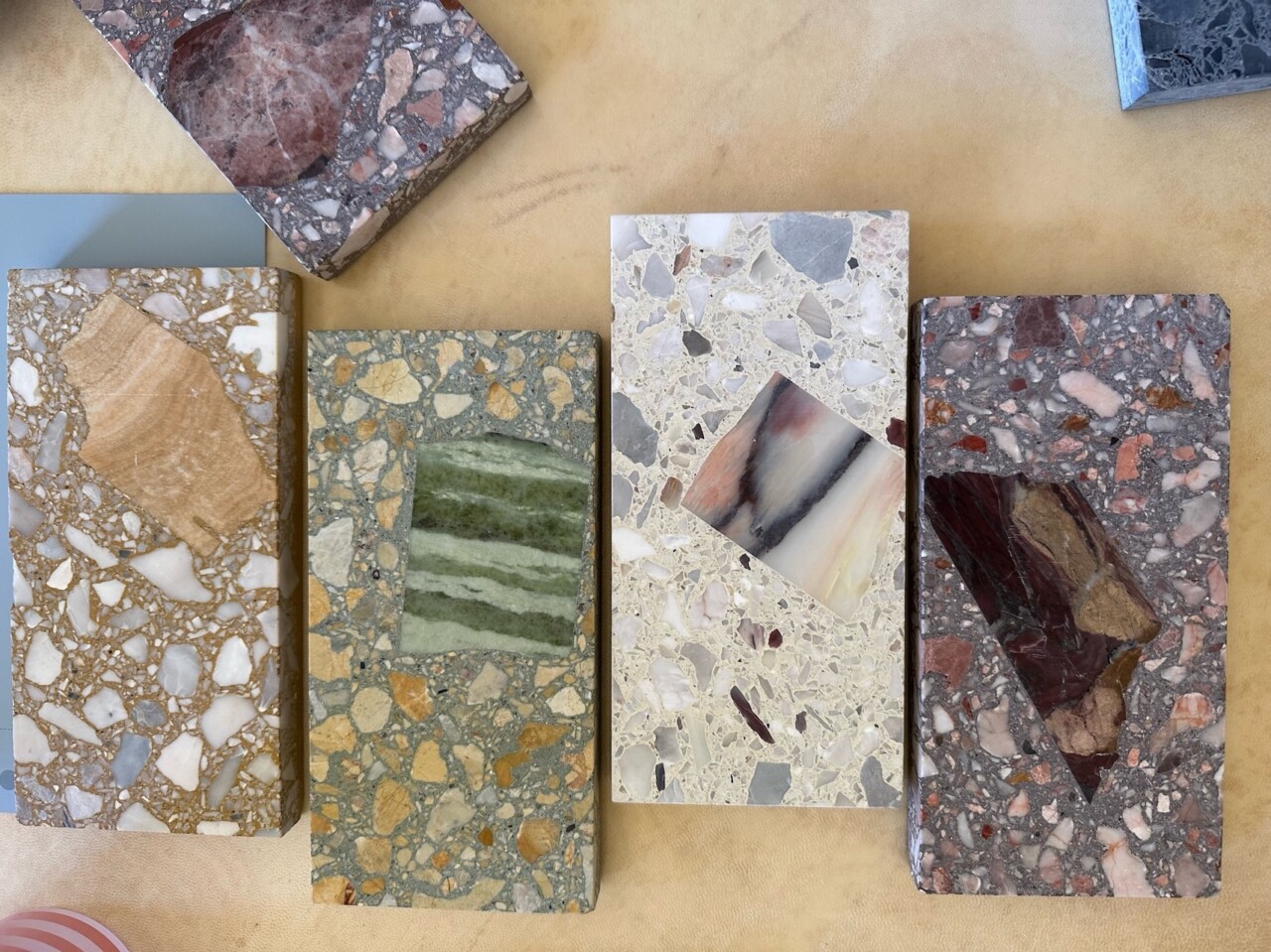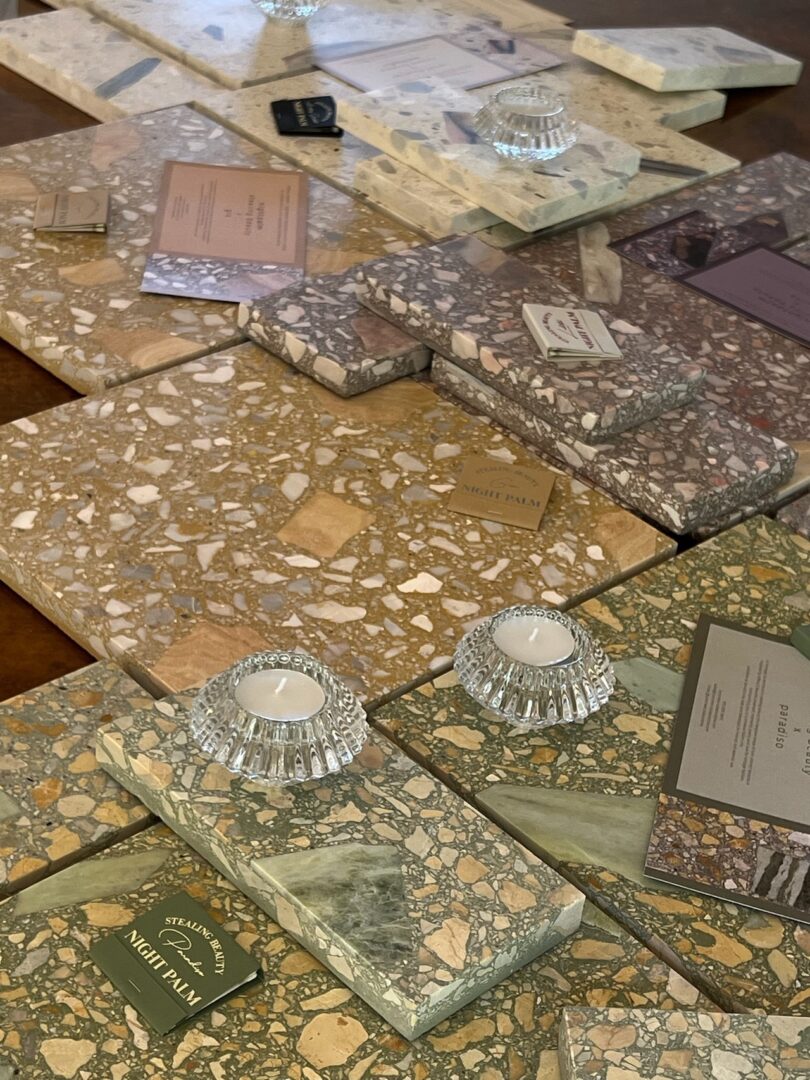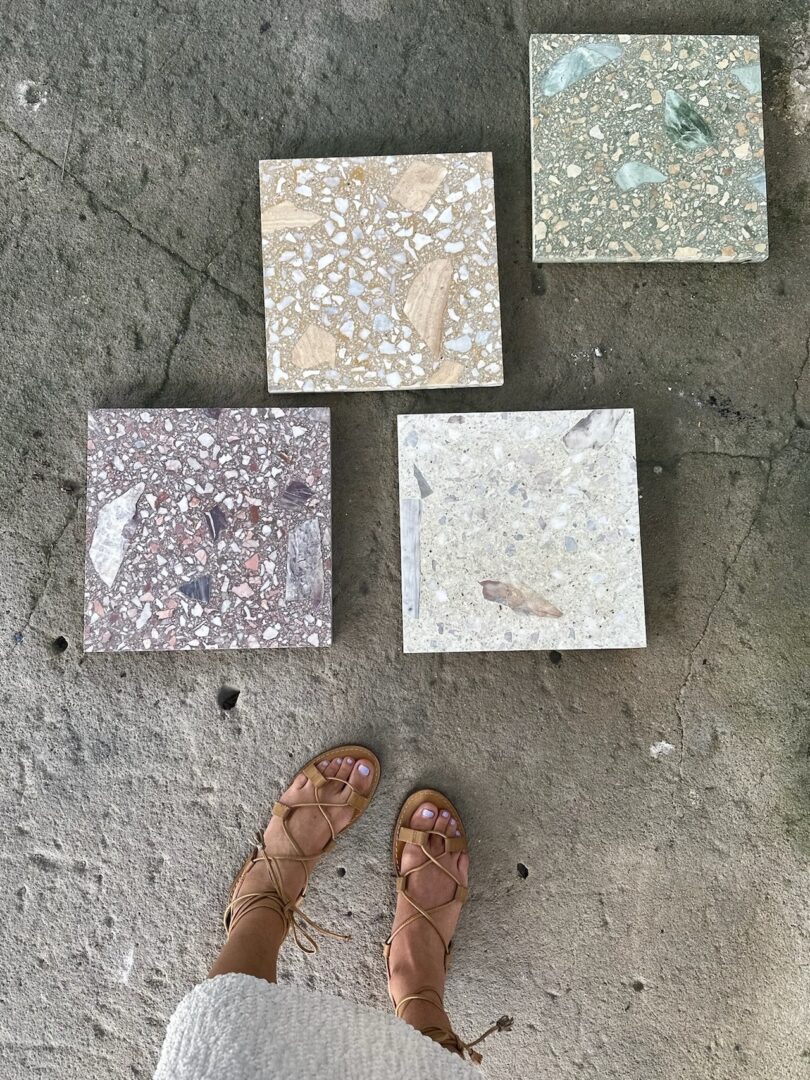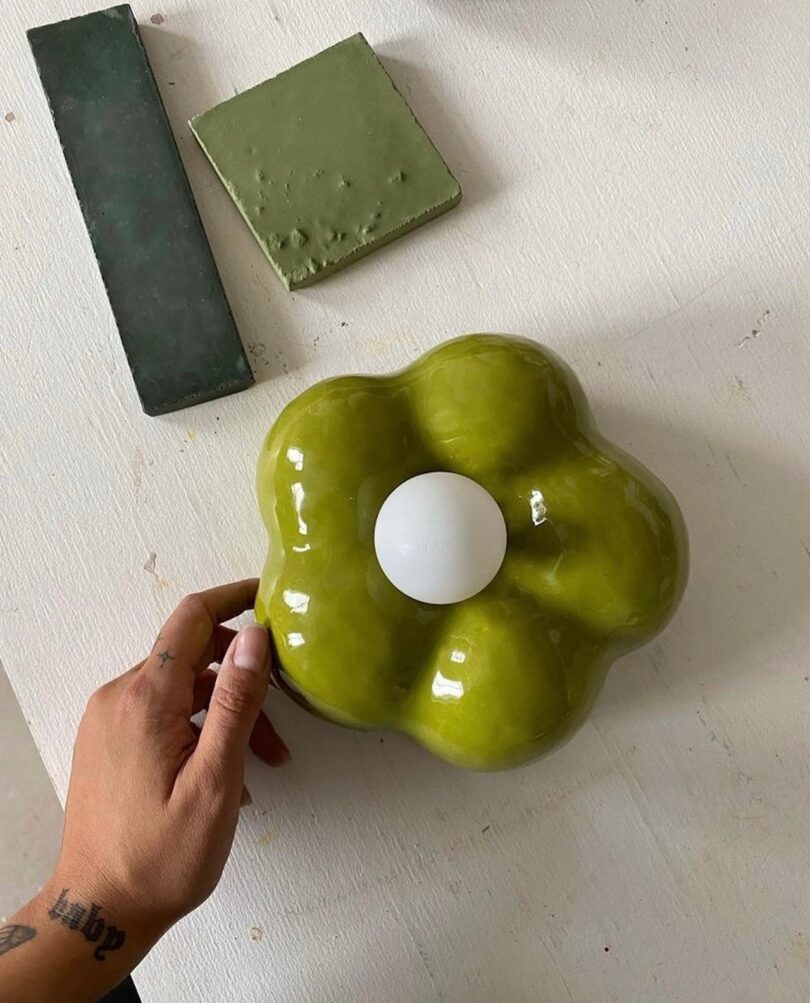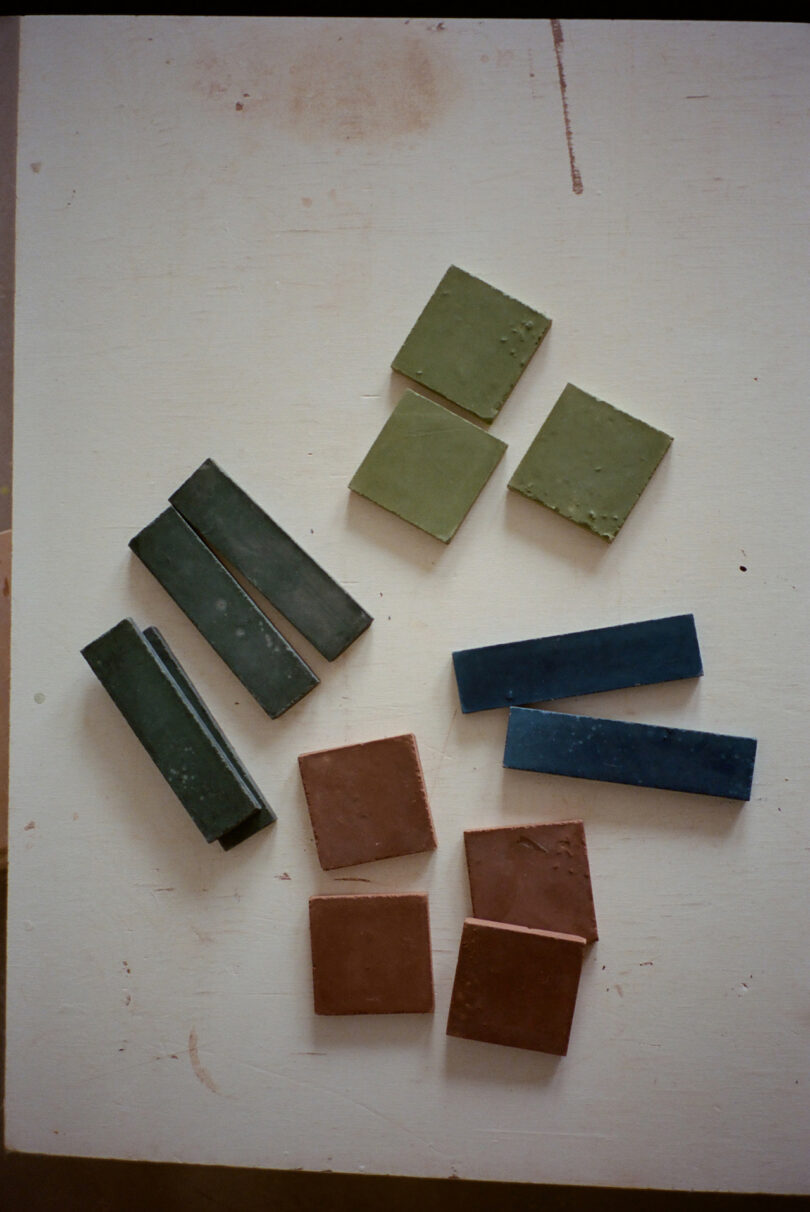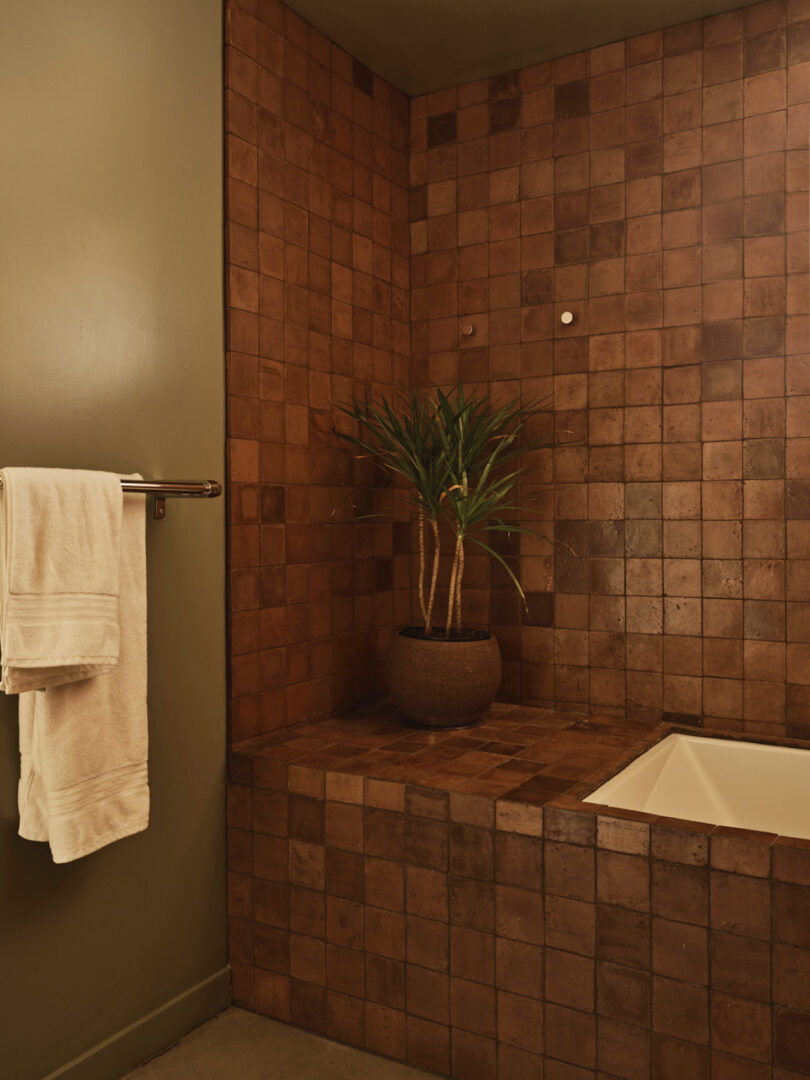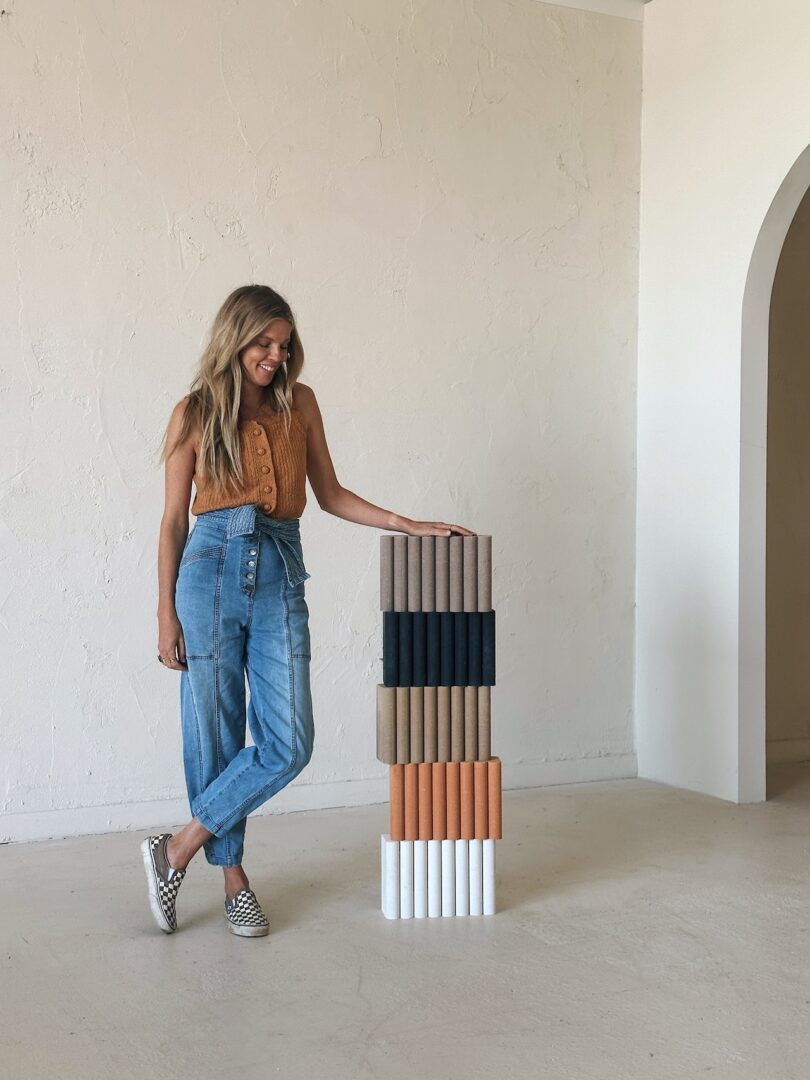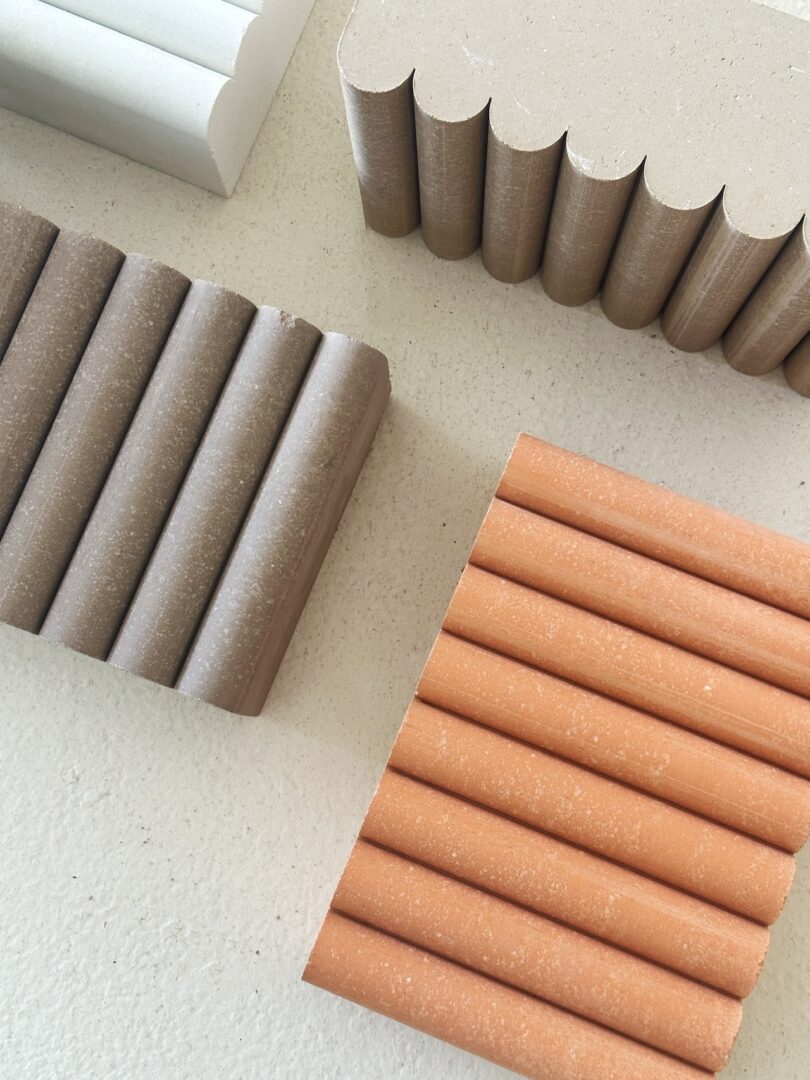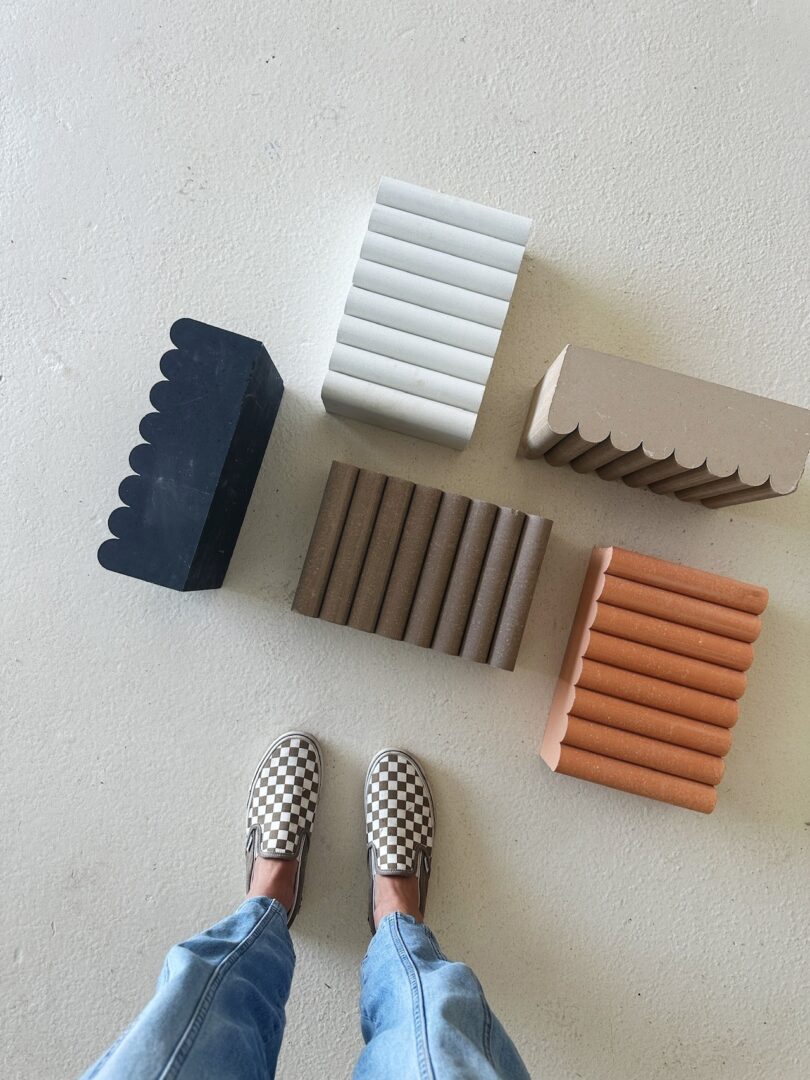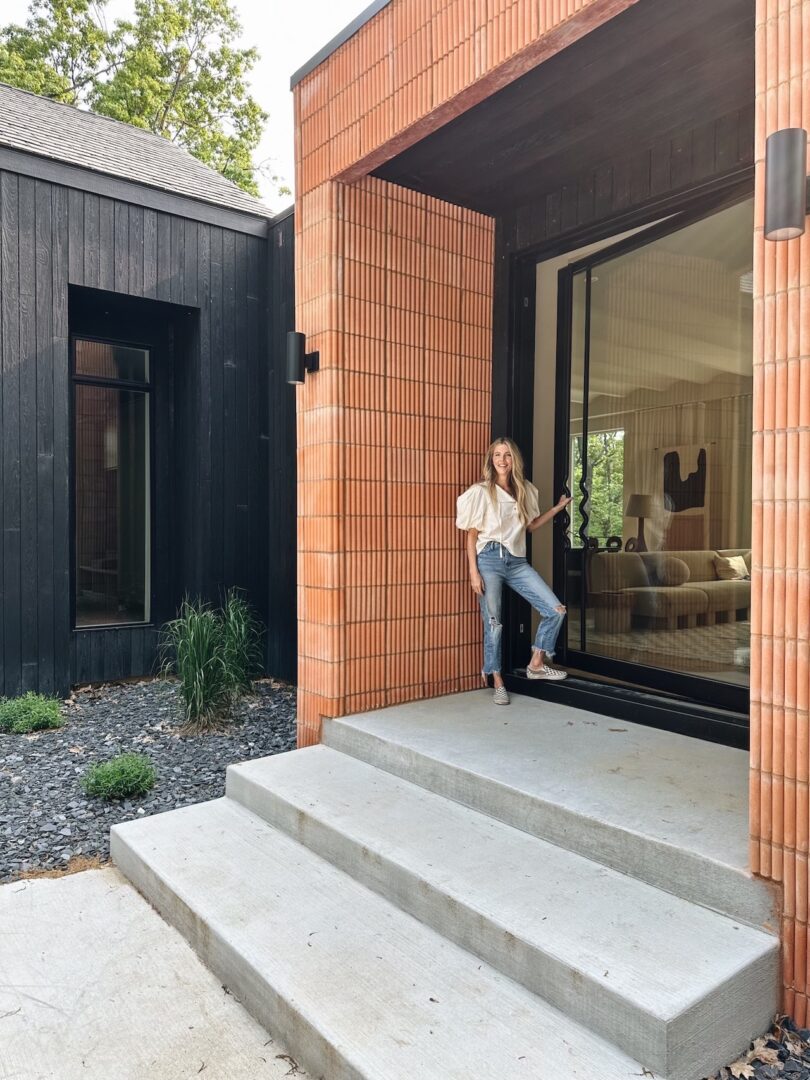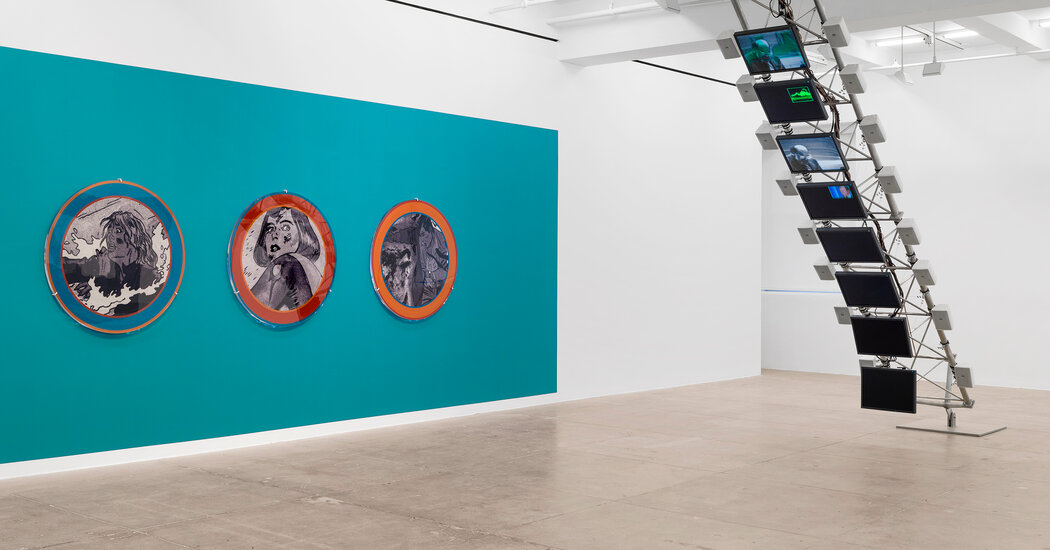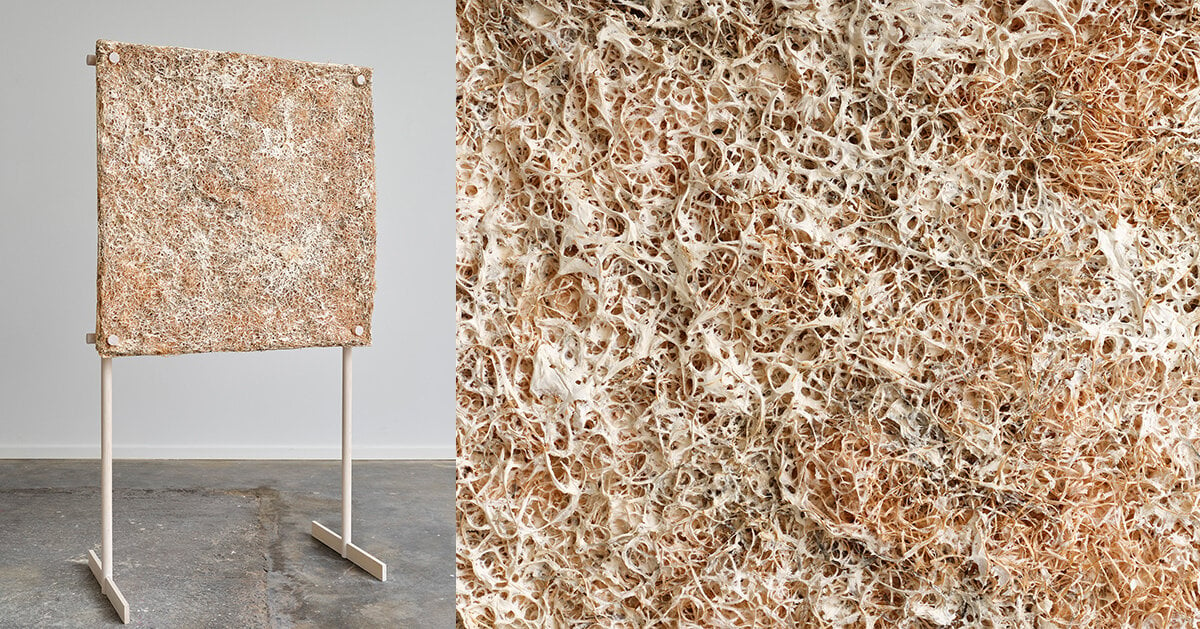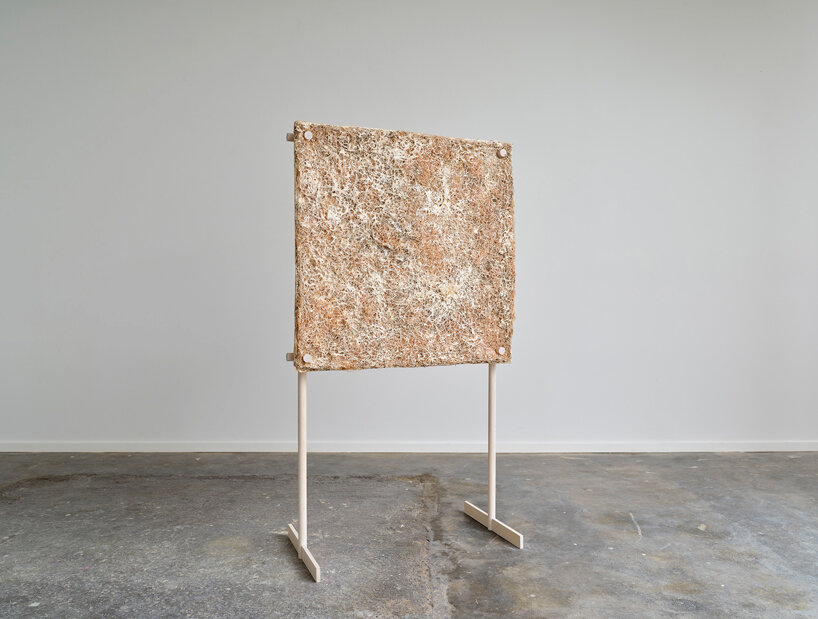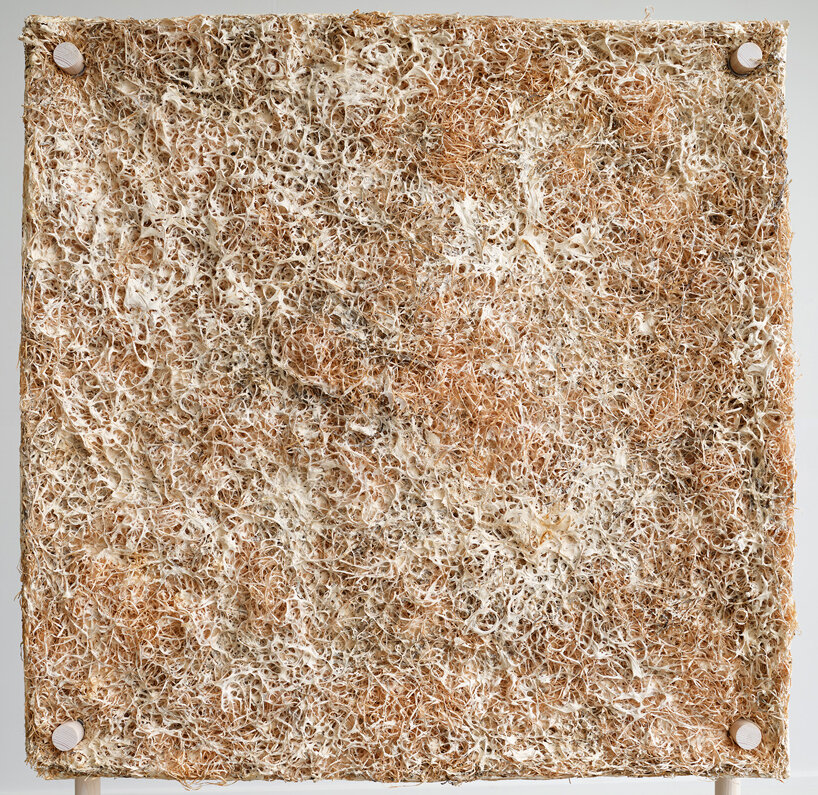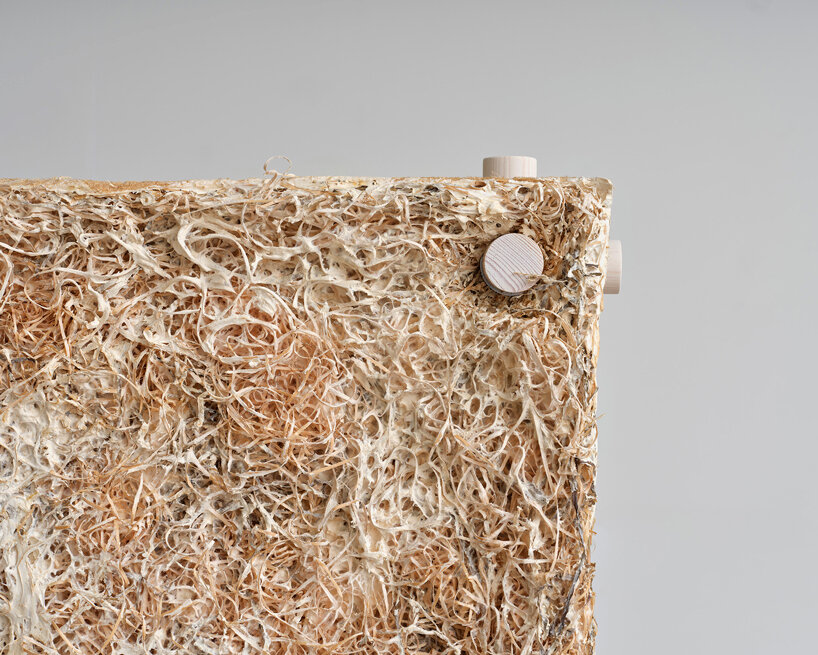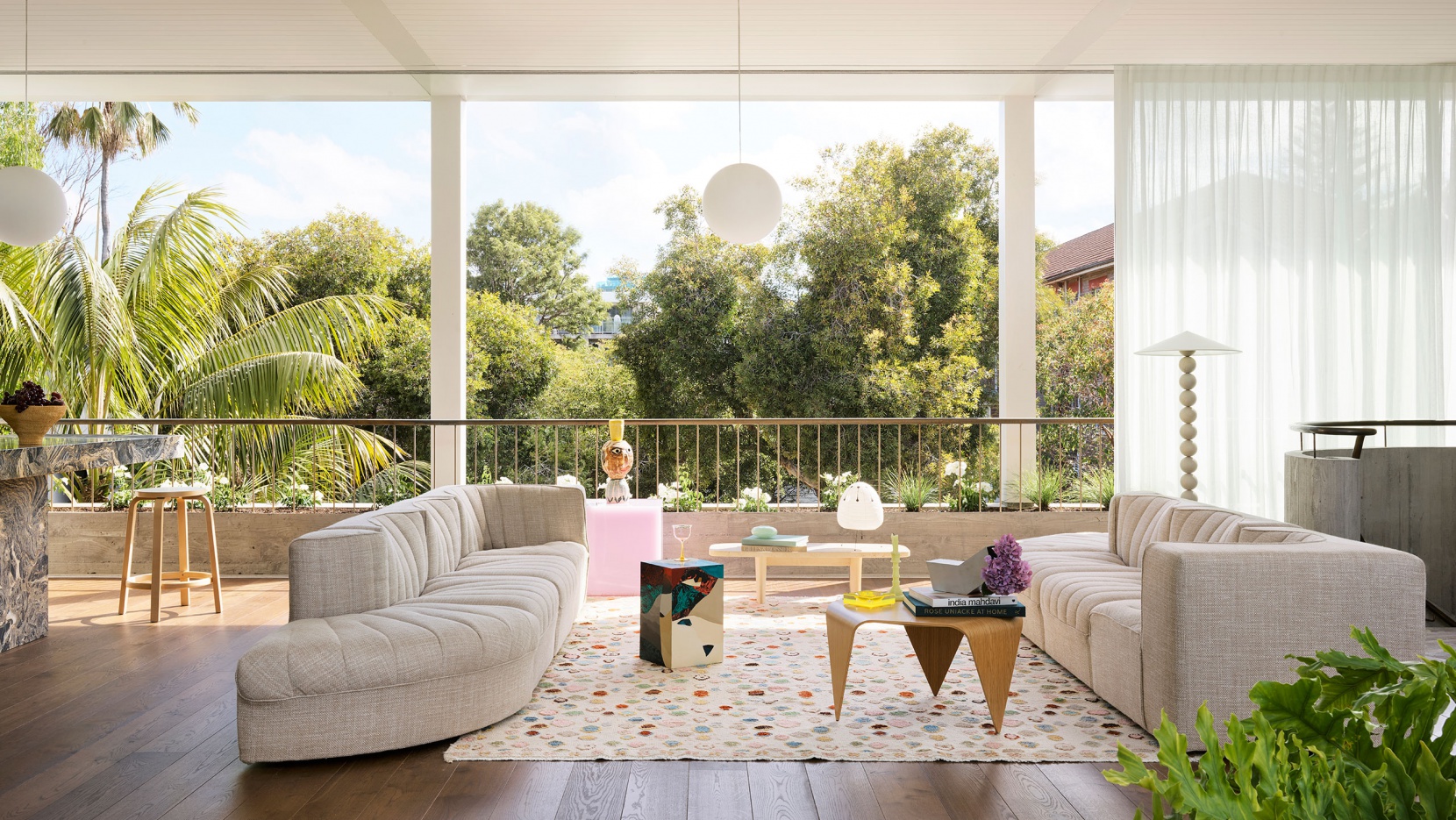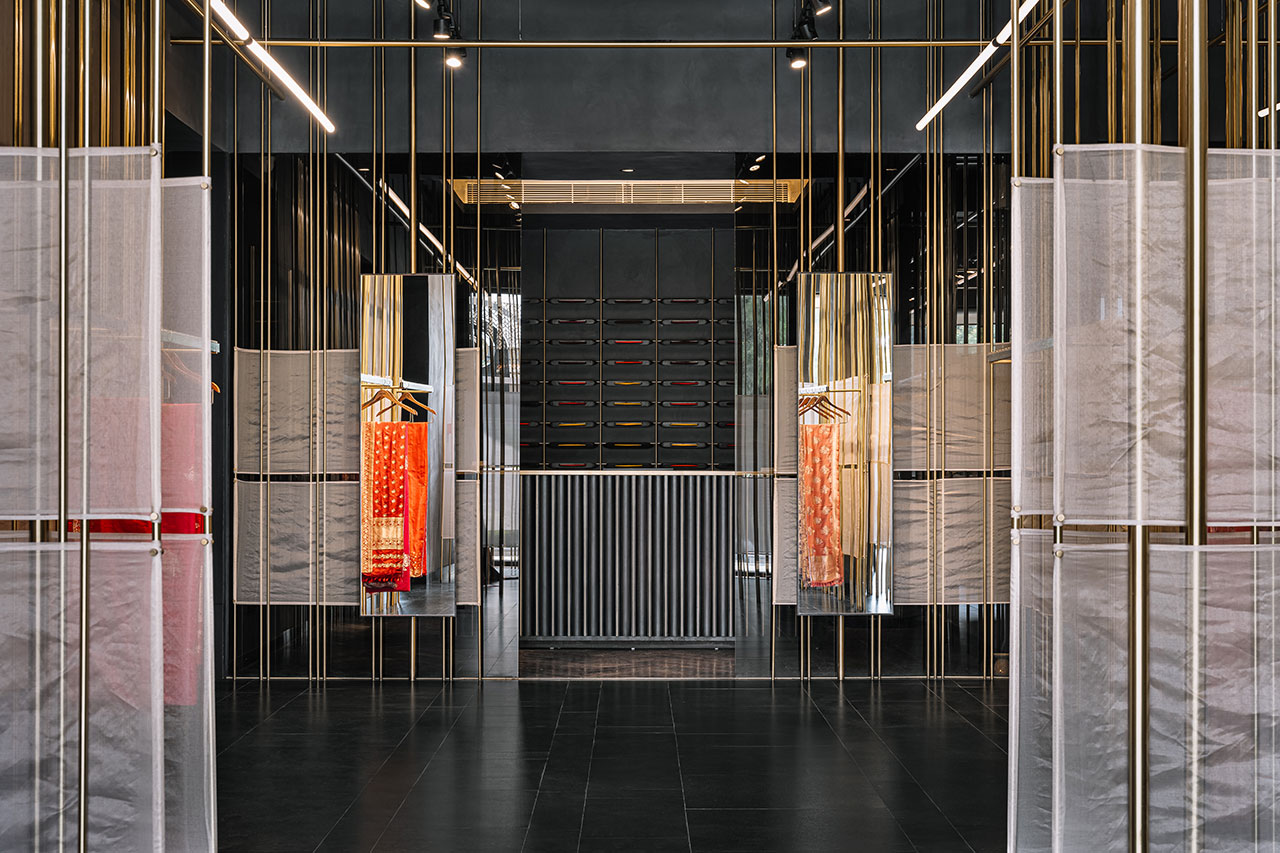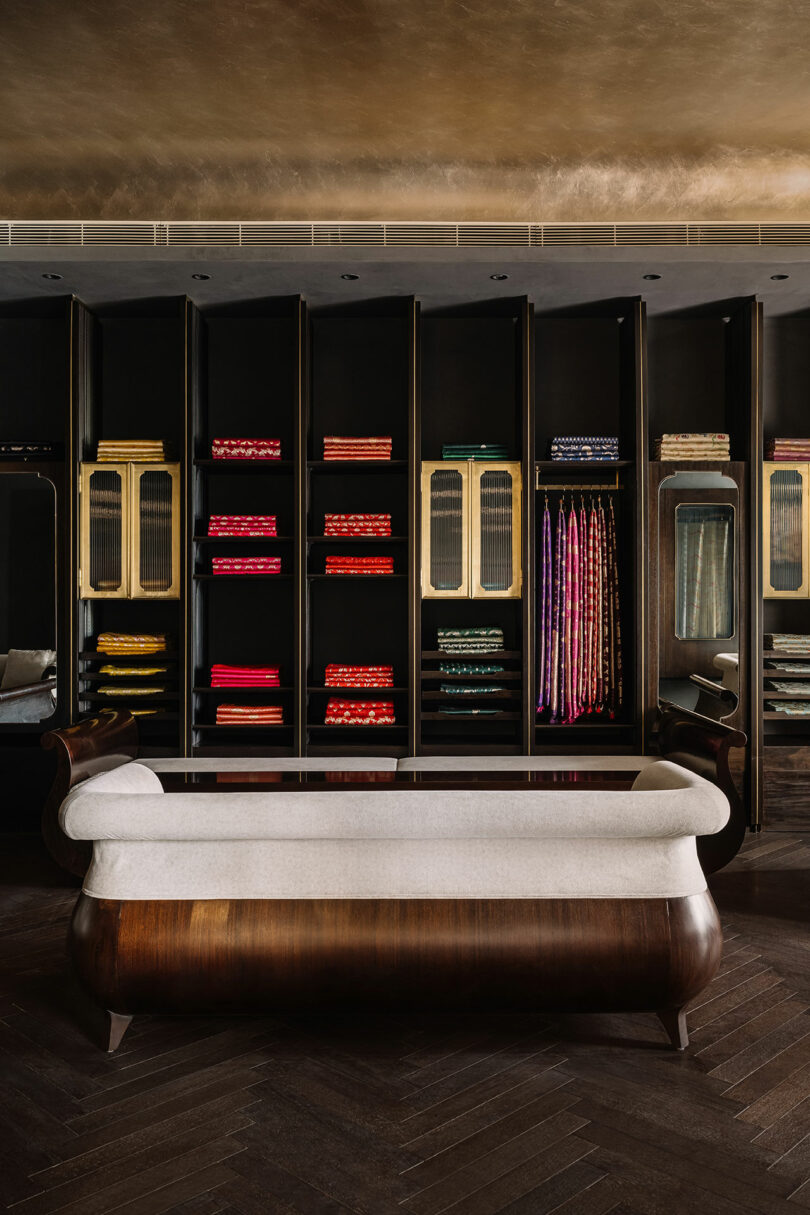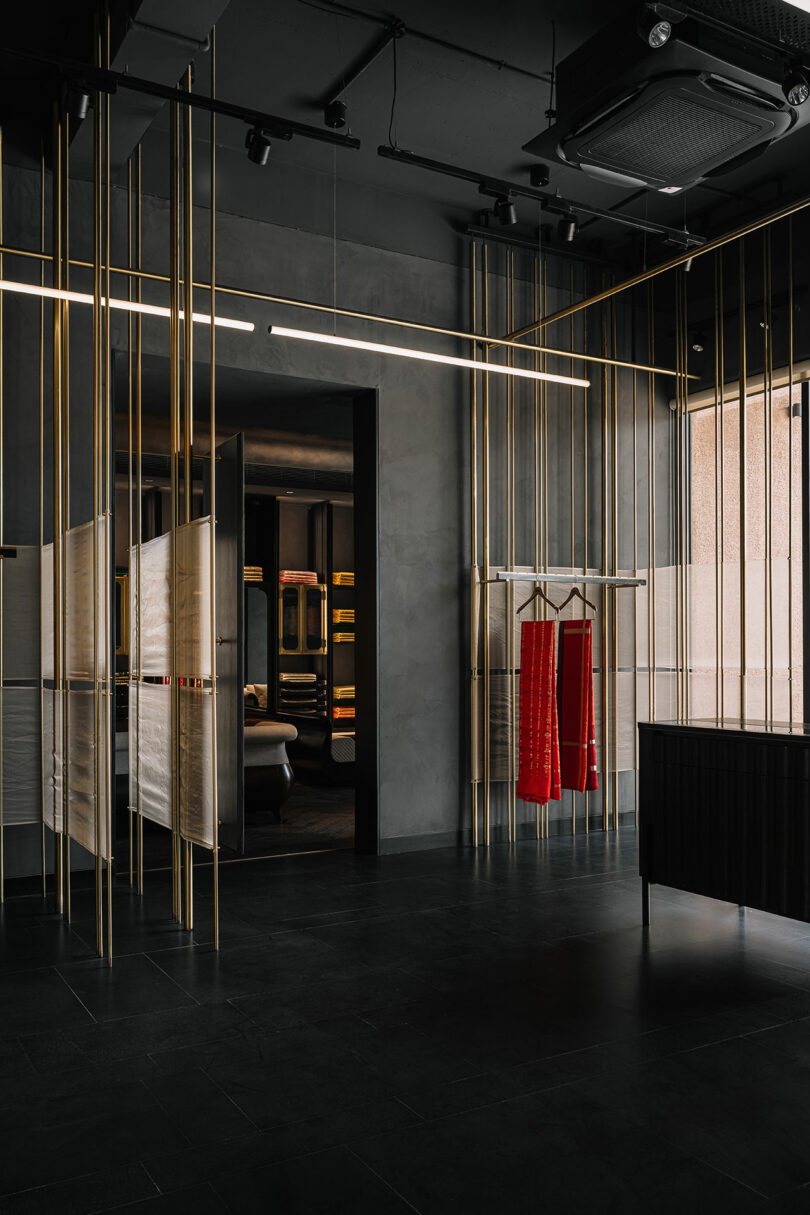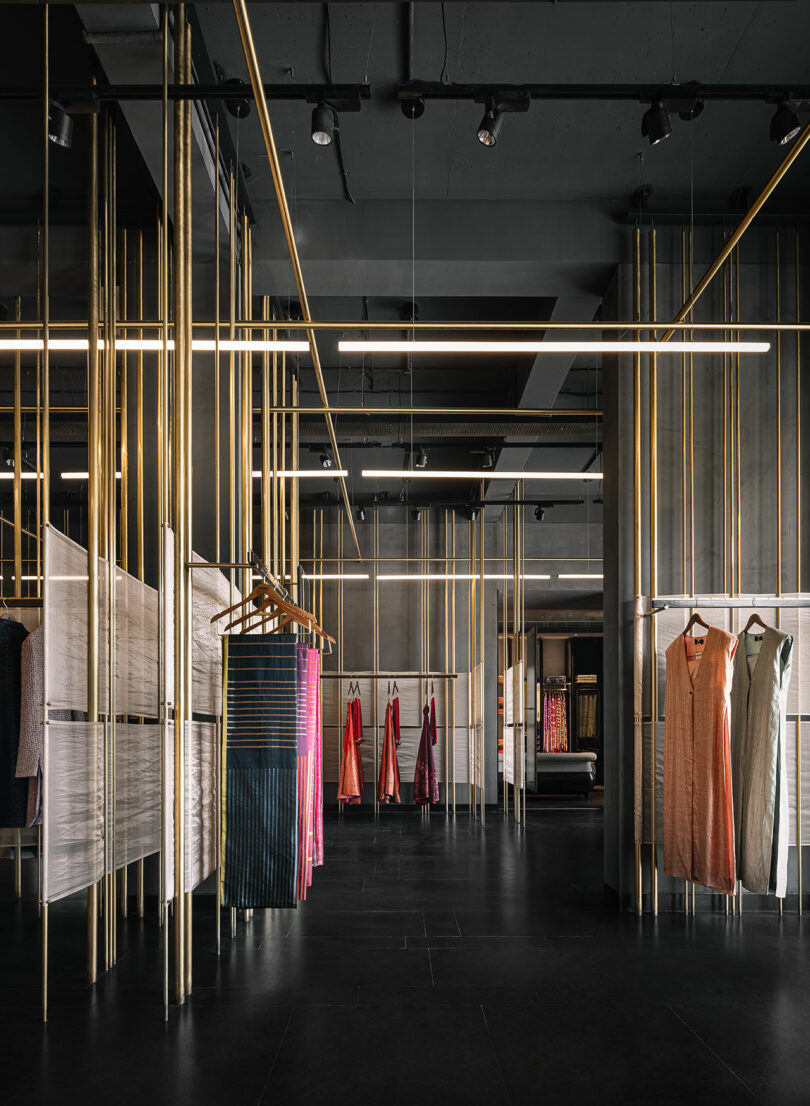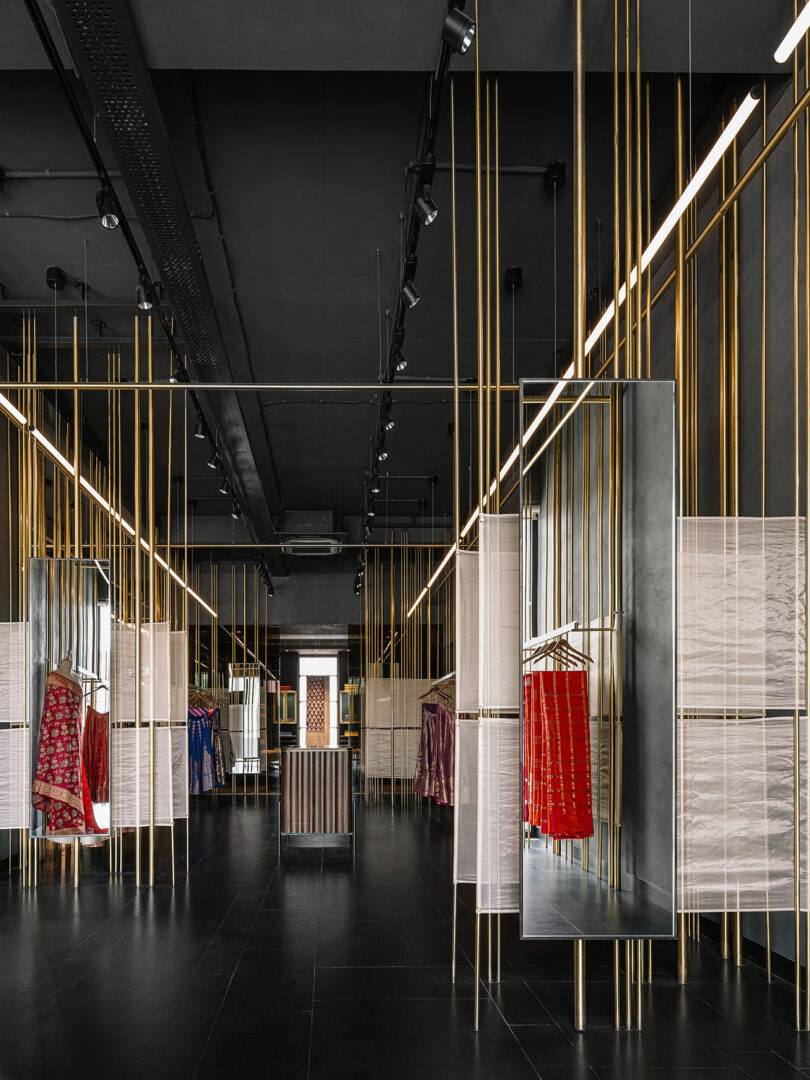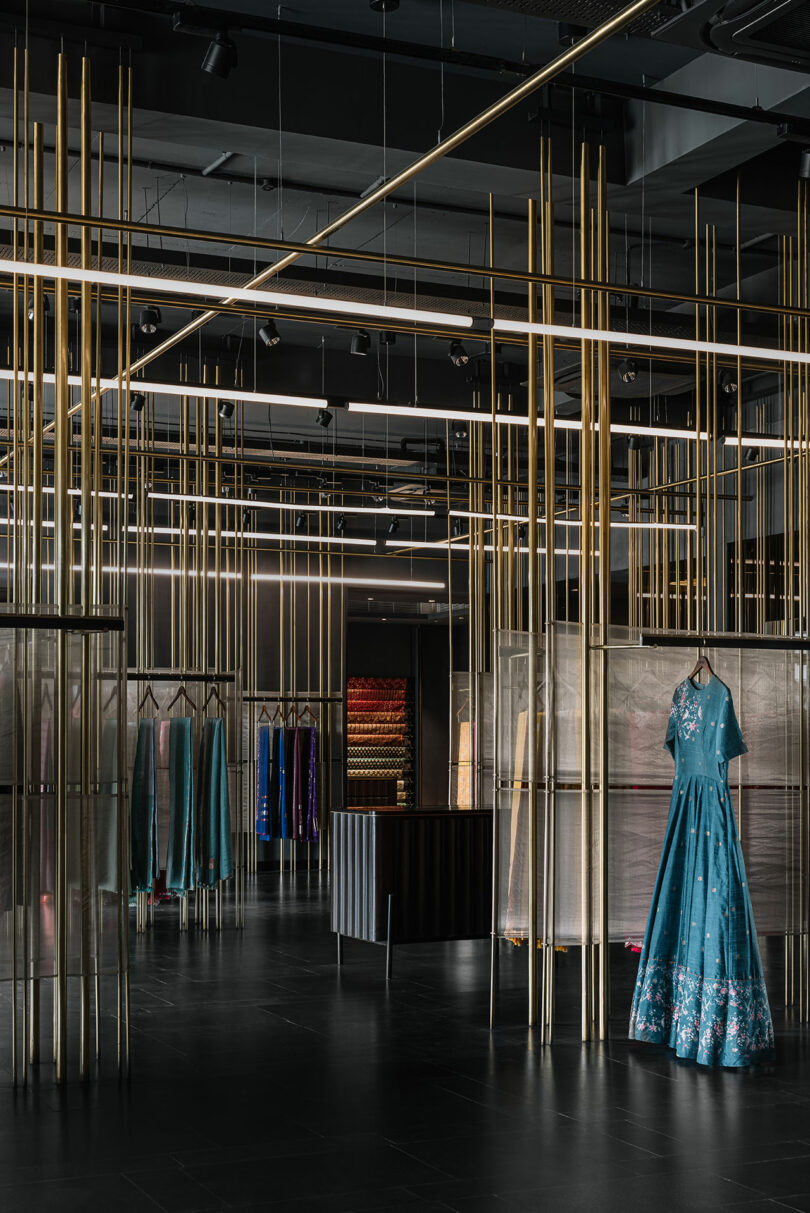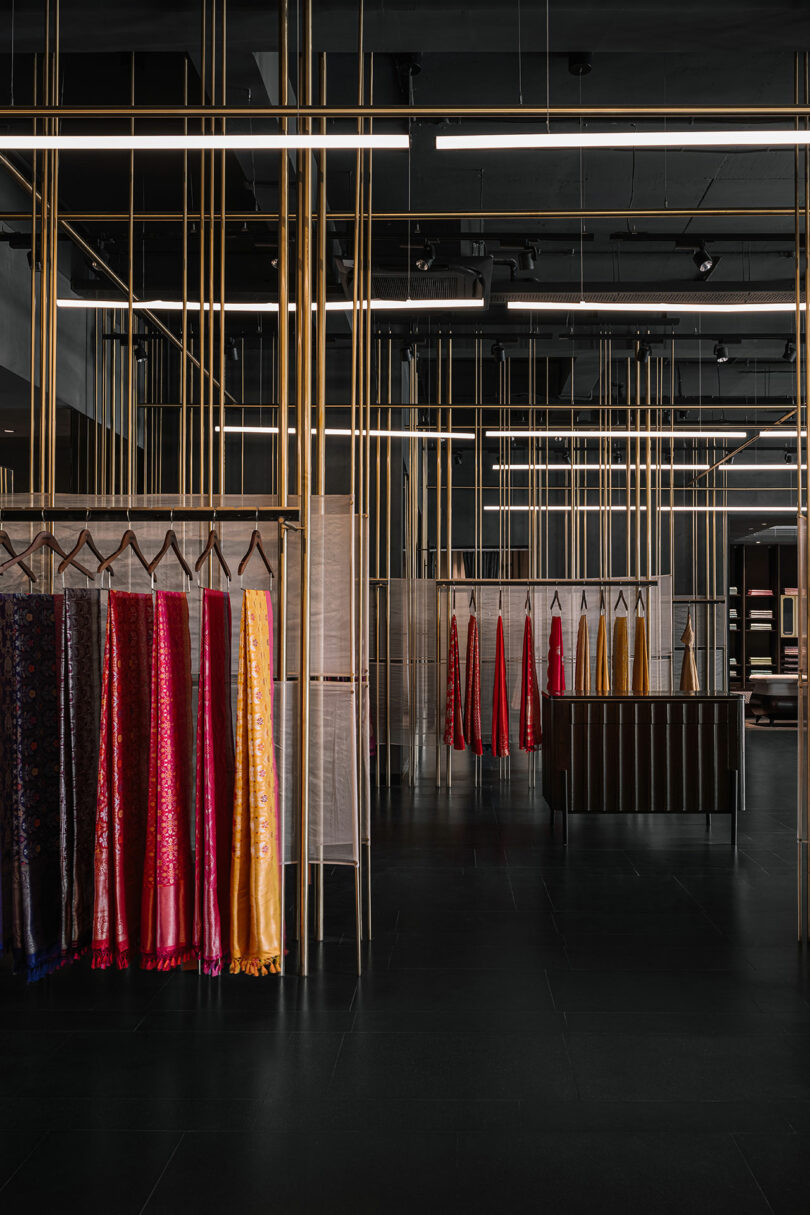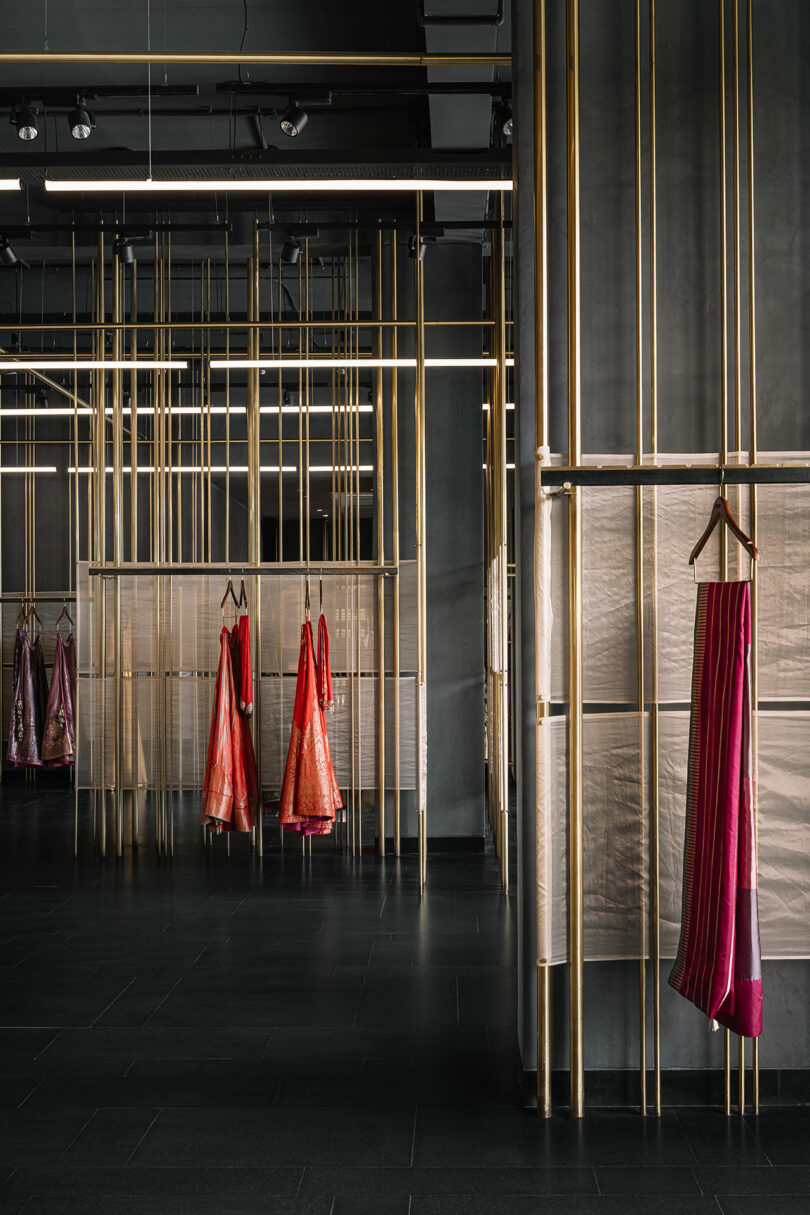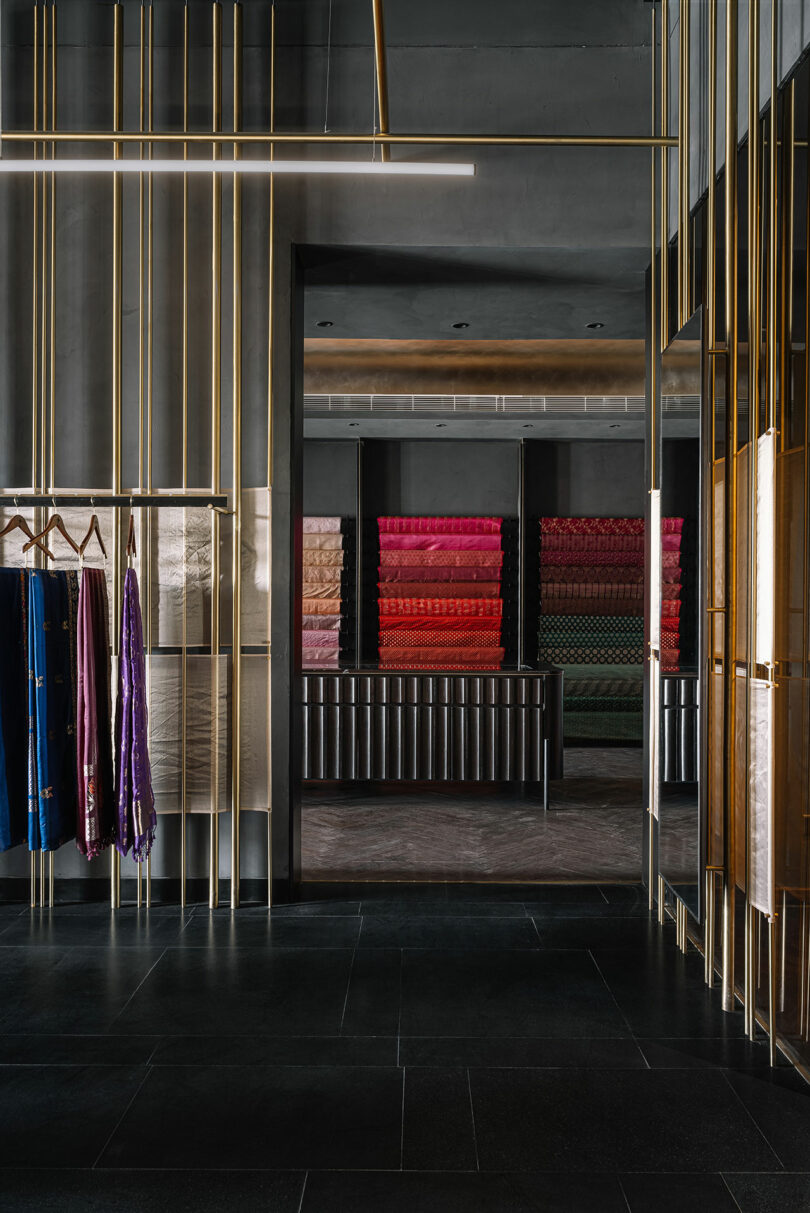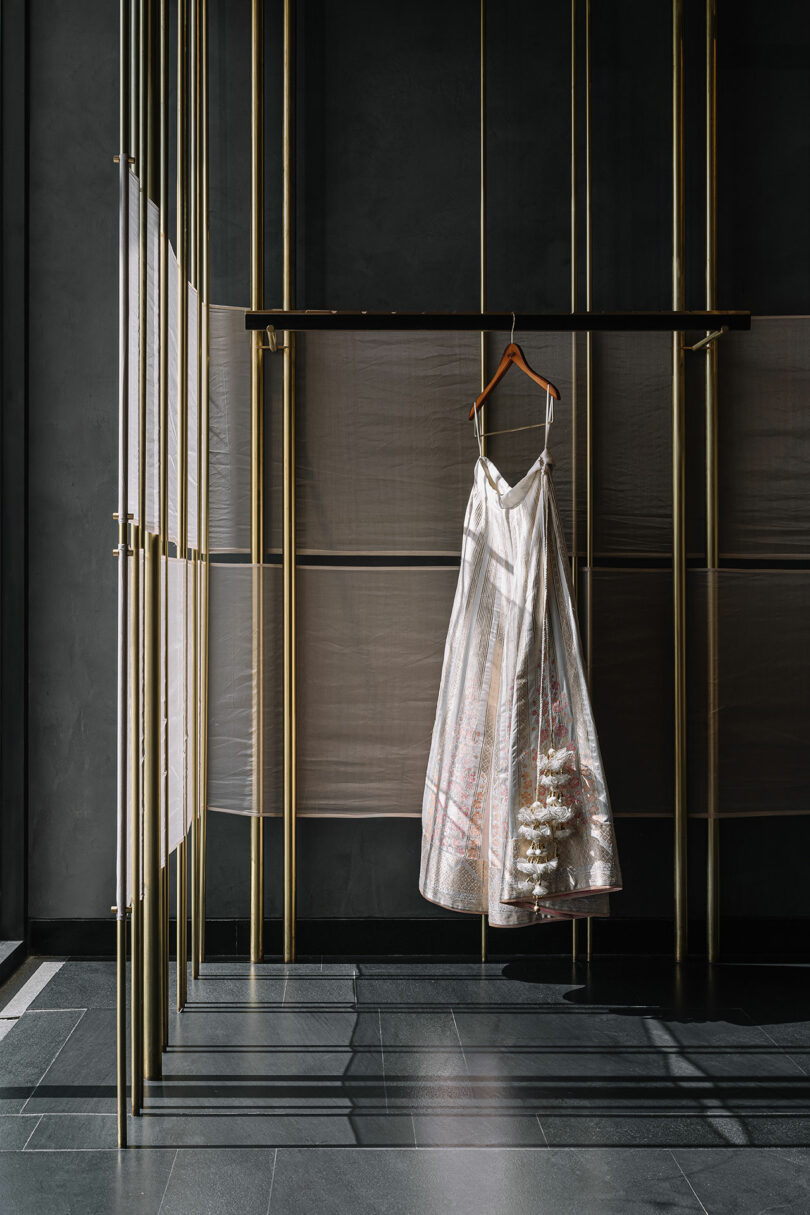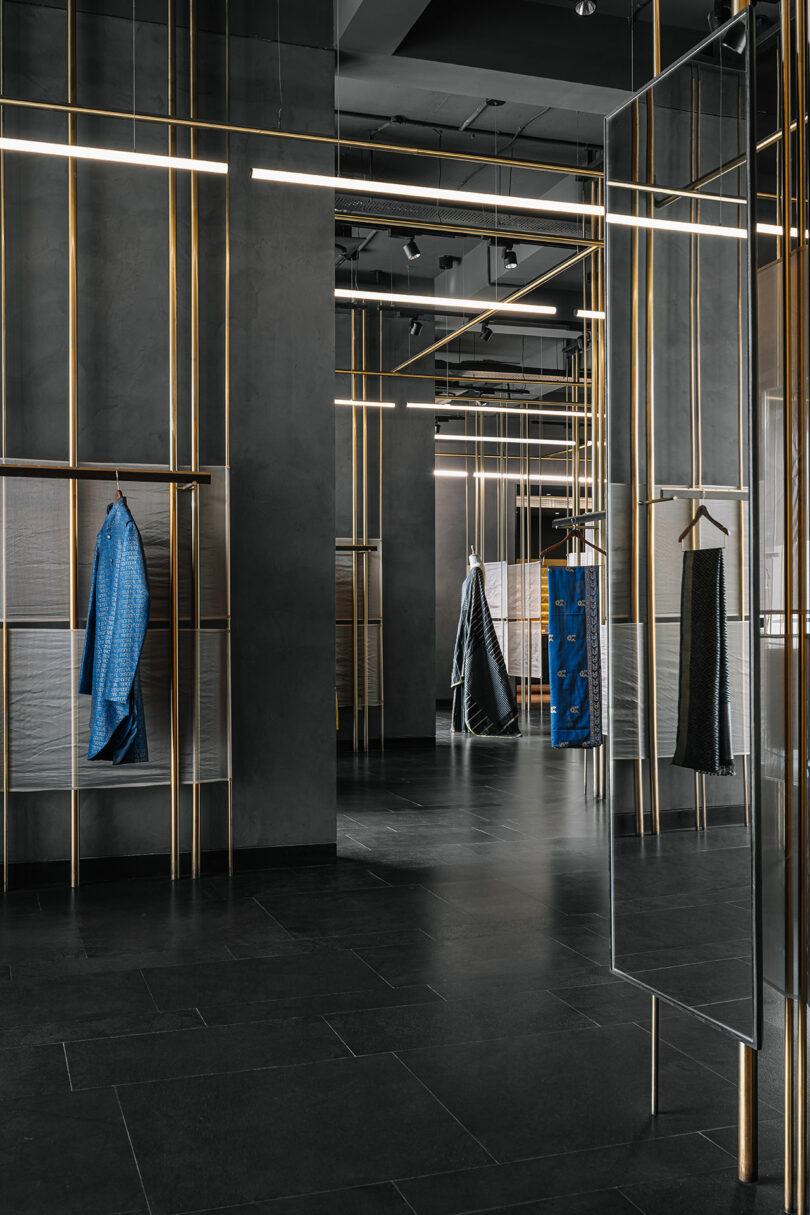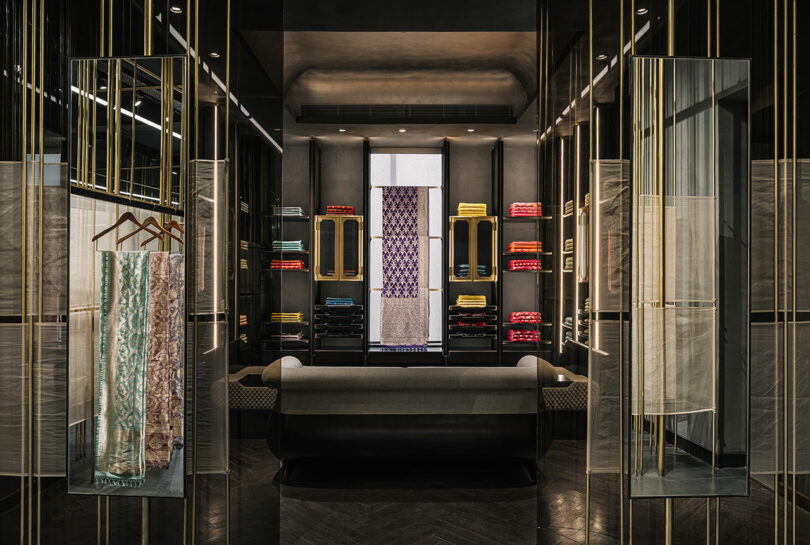Move over Saint Patrick: why the world should be celebrating beer-brewing Brigid | Art
[ad_1]
Just over a year ago, on 1 February, the Irish population gathered, with bundles of straw “Brigid crosses”, to celebrate the first formalised feast day of Saint Brigid, patron and “mother saint” of Ireland. It was the first time the country had dedicated a public holiday to a woman, and festivals opened as schools were closed. Trinity College Dublin even installed four portrait busts of women in its Old Library: scientist Rosalind Franklin, dramatist Augusta Gregory, mathematician Ada Lovelace and feminist rights activist Mary Wollstonecraft. This marked the first time that women had ever been honoured in the barrel-ceilinged colonnade, which, since 1743, had exclusively housed 40 portrait busts of men.
I only heard about this saint, and her celebrated feast day, when I read Emma Dabiri’s powerful essay Disobedient Bodies, which delves into the patriarchy’s impact on women’s beauty. Dabiri noted that Brigid was a woman who lived –in the fifth and sixth century – on her own terms, fought against forced marriage, brewed beer from lakes and cared for the land. While Dabiri was taught about Brigid at school in the 80s, it was never in this light. So what was her story?
With Ireland’s history steeped in ancient Celtic mythology and dominated by the Catholic church, the figure of Brigid has dual significance. To Catholics she is the celebrated abbess who founded Kildare Abbey and other monastic communities, and managed 15,000 nuns. She died on 1 February 525 and according to some is the Christianised version of the Celtic pagan goddess of the same name.
The pagan Brigid was part of the Tuatha Dé Danann – a race of dieties who are said to have inhabited Ireland before the Milesians, from whom today’s Irish people are descended. Raised among druids, Brigid was the daughter of an enslaved woman and the Dagda, chief of the gods. The myth goes that she created Ireland by throwing her cloak over the land, which unrolled like a silver flame. Once the mist cleared, the Tuatha Dé Danann were able to see their country clearly: a land of emerald green grass and luminously coloured flowers – a scene evocative of her feast day that marks the dawn of spring.
So why has it taken so long to commemorate her, when her male counterpart, Saint Patrick, is celebrated in more than 200 countries? Over the past two decades, Ireland has experienced drastic social, political and historical reckonings. Many of these have coincided with the waning influence of the Catholic church, from allowing same-sex marriage in 2015 to the legalisation of abortion in 2018, a campaign in which Brigid, who helped women terminate their unwanted pregnancies, was frequently cited.
Nonetheless, it’s not as if she was never celebrated. In the late 19th and early 20th centuries, when the country was experiencing a Celtic cultural revival, artists and writers told her story. In 1910, the Irish poet Ella Young and illustrator Maud Gonne, a suffragette, published Celtic Wonder-Tales, which begins with Brigid’s creation of Ireland. But with the emergence of a conservative government, and a dominating patriarchal church, these narratives were quickly forgotten.
A century on, the celebration of Brigid feels more permanent. “Brigid is about signalling a new era based on her principles of equality, unity, truth, compassion and love,” said Laura Murphy, a poet and daughter of a survivor of one of Ireland’s mother-and-baby-homes, who fought for Brigid’s national recognition.
Like those working a century ago, author Sinéad Gleeson says that Brigid is once again a touchstone for Ireland’s writers and artists: “It’s a lot to do with her commitment to speaking up, to making her own kind of life.” Gleeson’s novel Hagstone, out in April, is rooted in landscape and mythology and keeps Brigid alive by referring to the story of her cloak.
“It’s a dichotomy in some ways, to have such an ancient figure as an emblem of a more progressive Ireland,” Gleeson adds. It’s also a reminder that pioneering women have always existed, yet the dominant, patriarchal narrative of history has so often kept us from seeing the full picture.
Gleeson prompts us to search out the women who held abusers to account and spoke out for their rights. Brigid’s feast day, as well as being associated with creativity, wisdom, fertility, healing – and a time to acknowledge the achievements of all women – is also about renewal. If only those who celebrate Saint Patrick globally could do the same for Brigid, the world would be a better place – especially as her skills extended to transforming dirty water into beer.
[ad_2]
Source link
